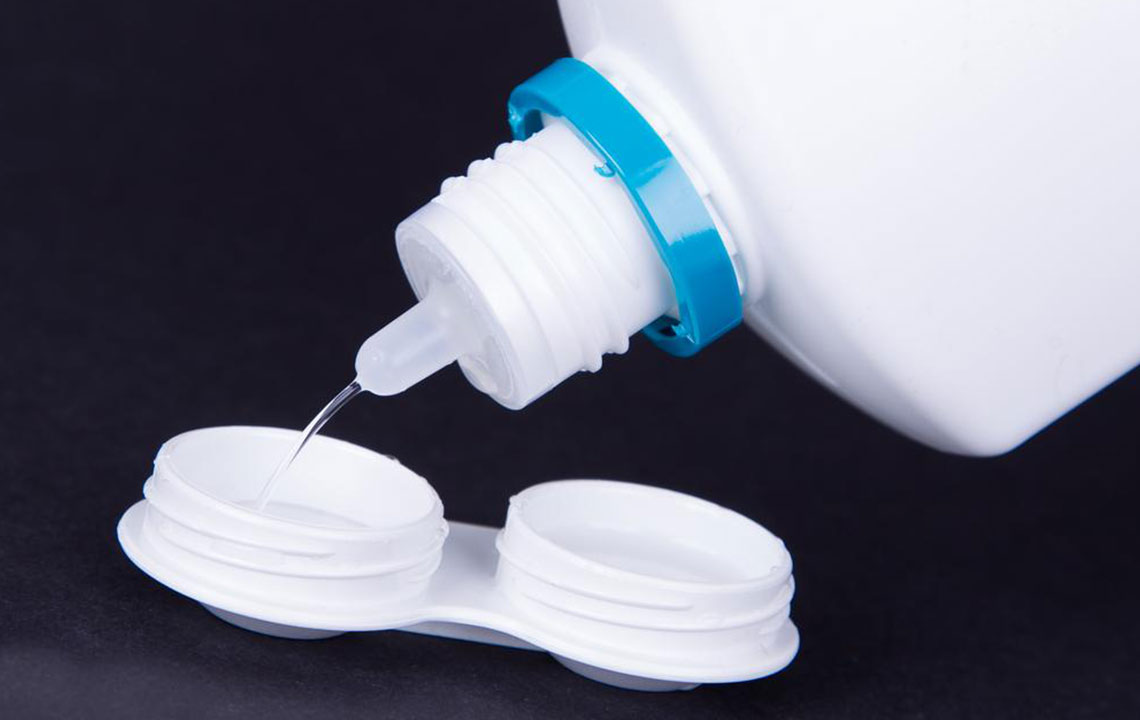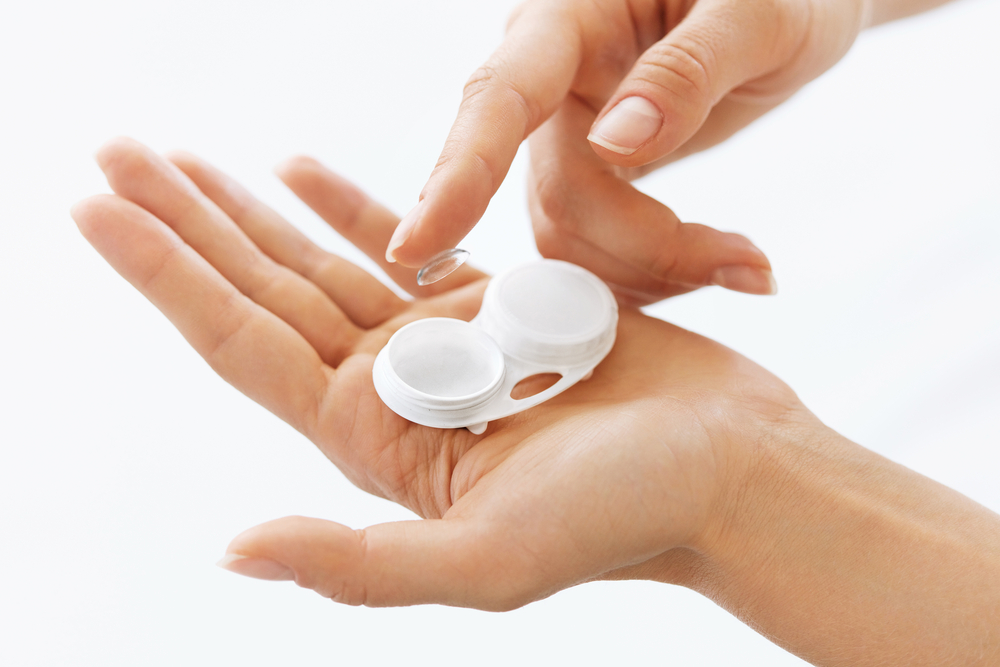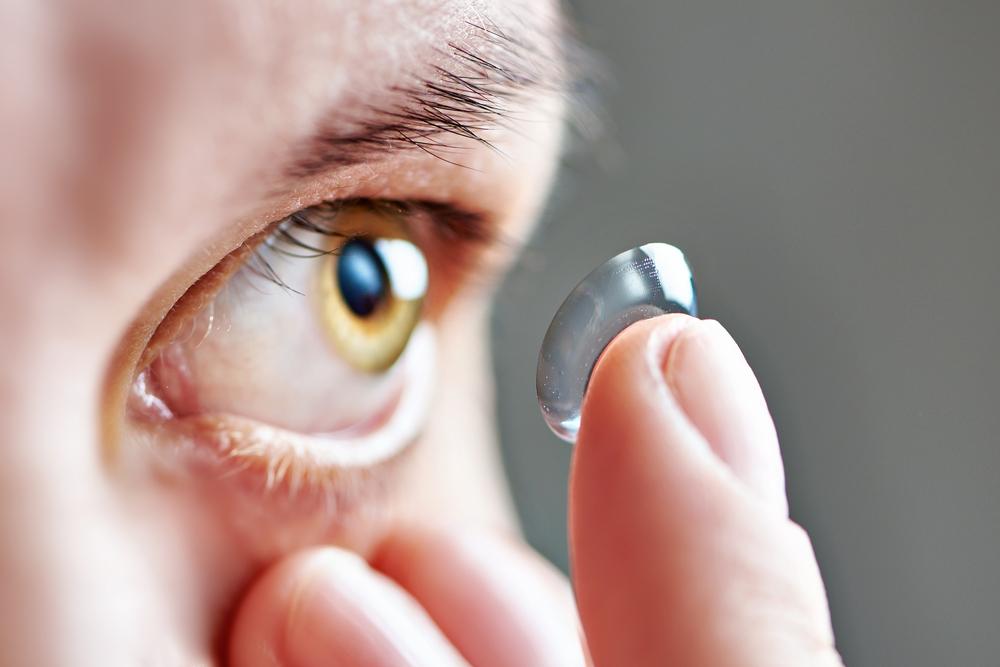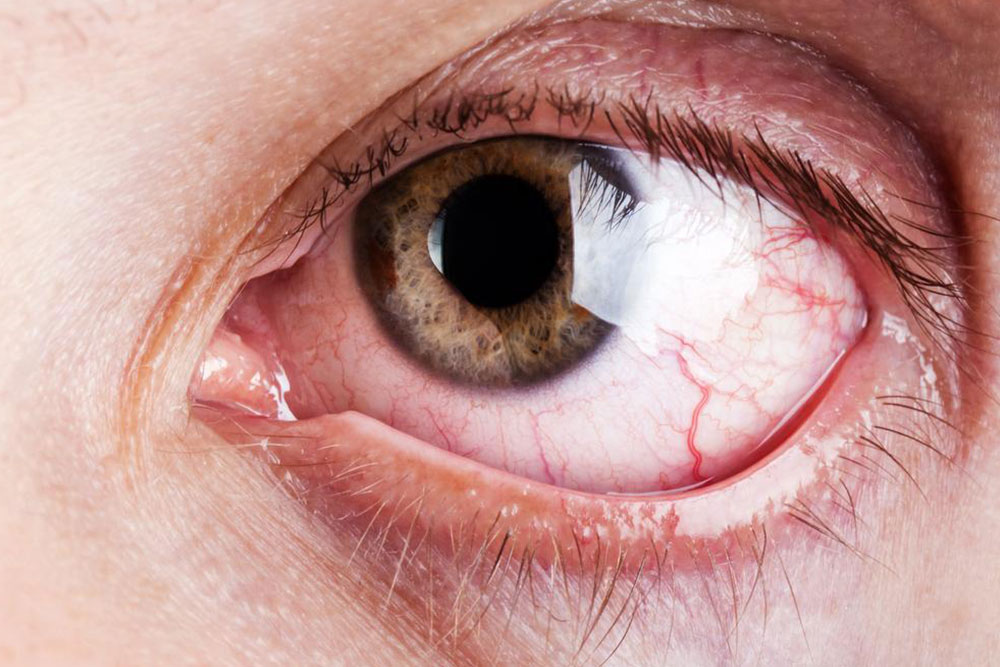Expert Guide to Choosing Contact Lenses for Comfortable Wear with Dry Eyes
This comprehensive guide offers expert advice on selecting contact lenses suitable for dry eyes. It explores different lens materials, their benefits, and care tips to ensure maximum comfort and eye health. Designed for dry eye sufferers, the article emphasizes the importance of proper lens selection, hygiene practices, and professional consultation to improve contact lens wear experiences. Ideal for those seeking effective solutions to manage dry eye symptoms while enjoying the convenience of contact lenses.

Expert Guide to Choosing Contact Lenses for Comfortable Wear with Dry Eyes
For many people, contact lenses have become a preferred alternative to spectacles, offering unmatched convenience and a natural appearance. However, a significant hurdle faced by contact lens users, especially those with dry eyes, is the discomfort and irritation caused by inadequate eye lubrication. Dry eye syndrome affects a large segment of the adult population globally, leading to symptoms such as dryness, redness, irritation, and in more severe cases, damage to the corneal surface. This comprehensive guide aims to provide valuable insights into selecting the most suitable contact lenses for dry eye sufferers, ensuring maximum comfort while maintaining eye health.
Understanding Dry Eye Syndrome
Dry eye syndrome occurs when the eyes do not produce enough tears or the tears evaporate too quickly, resulting in insufficient lubrication of the ocular surface. This condition can cause persistent dryness, a gritty sensation, redness, burning, and overall discomfort. In severe instances, dry eyes may lead to inflammation, scarring, or even damage to corneal tissues, impacting vision quality. Several factors contribute to dry eye development, including age, hormonal changes, environmental factors like dry, windy, or air-conditioned environments, prolonged screen time, and certain medications. Contact lens wear can exacerbate these symptoms by disrupting tear film stability, making proper lens selection crucial for dry eye patients.
Addressing dry eye symptoms effectively involves a combination of treatments such as artificial tears, lifestyle modifications, and in some cases, medical procedures to improve tear production or retention. The choice of contact lenses plays a pivotal role in managing dry eye symptoms. Soft, oxygen-permeable lenses, along with proper lens hygiene and careful usage, can significantly reduce discomfort and maintain eye health.
To enhance comfort for contact lens wearers with dry eyes, understanding different lens materials and their properties is essential. The aim is to choose lenses that offer sufficient oxygen flow, retain moisture, and minimize irritation. Here are some detailed insights into various lens options and tips tailored for dry eye patients:
Soft Contact Lenses
Soft lenses, manufactured from flexible, oxygen-permeable plastics, are generally more comfortable for dry eye sufferers. They conform well to the eye's shape, promote better air circulation, and are less likely to cause irritation compared to rigid lenses. Transitioning from traditional hard lenses to soft options can alleviate symptoms of dryness, making daily wear more tolerable.
Moisture Content and Water Retention
While lenses with high water content might seem appealing due to their moisture-rich nature, they can sometimes lead to dehydration over time, especially in low humidity environments. Choosing lenses with moderate or lower water content can help maintain consistent hydration levels, reducing dryness and enhancing comfort during prolonged wear.
Silicone Hydrogel Lenses
A breakthrough in contact lens technology, silicone hydrogel lenses permit higher oxygen transmission compared to traditional soft lenses. This increased oxygen flow helps keep the eyes healthier and reduces dryness symptoms. Although these lenses may be priced higher, their benefits for dry eye patients make them a popular choice among ophthalmologists.
Disposable and Daily-Use Lenses
Daily disposable lenses are highly recommended for dry eye sufferers as they reduce the buildup of proteins and allergens that can irritate the eye. Frequent replacement ensures a fresh, hydrated lens surface, minimizing discomfort. Some specially designed water-retentive lenses offer enhanced moisture holding properties, providing prolonged comfort and hydration throughout the day.
Scleral Lenses
For severe dry eye cases, scleral lenses present an effective solution. These large-diameter lenses vault over the cornea and rest on the sclera, creating a tear-filled chamber that continuously bathes the eye, offering significant hydration and oxygen permeability. Scleral lenses can improve both vision and comfort in patients with complex or persistent dry eye problems.
Contact Lens Solutions and Care
Proper care routines and lens solutions are vital. Opting for preservative-free or hypersensitive solutions reduces the risk of irritation. Consulting with an eye care professional before changing or upgrading your lens solutions ensures compatibility and comfort. Regular cleaning, disinfection, and replacement schedules are essential to prevent microbial buildup and maintain eye health.
Additional practical tips include maintaining optimal lens hygiene, avoiding overwearing lenses beyond their recommended duration, and using preservative-free lubricating eye drops to supplement natural tears. If symptoms of dryness persist despite these measures, it’s important to seek professional advice. An eye care specialist can assess the underlying causes and recommend specific treatments or alternative lens options tailored to individual needs.
Following your eye care professional's guidelines, handling lenses with care, and practicing good hygiene are fundamental to ensuring prolonged eye comfort, health, and improved quality of life for dry eye sufferers who wish to wear contact lenses.





